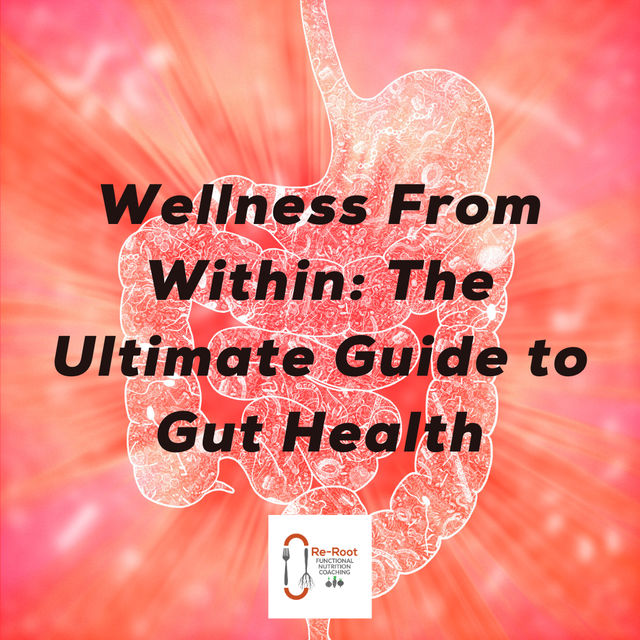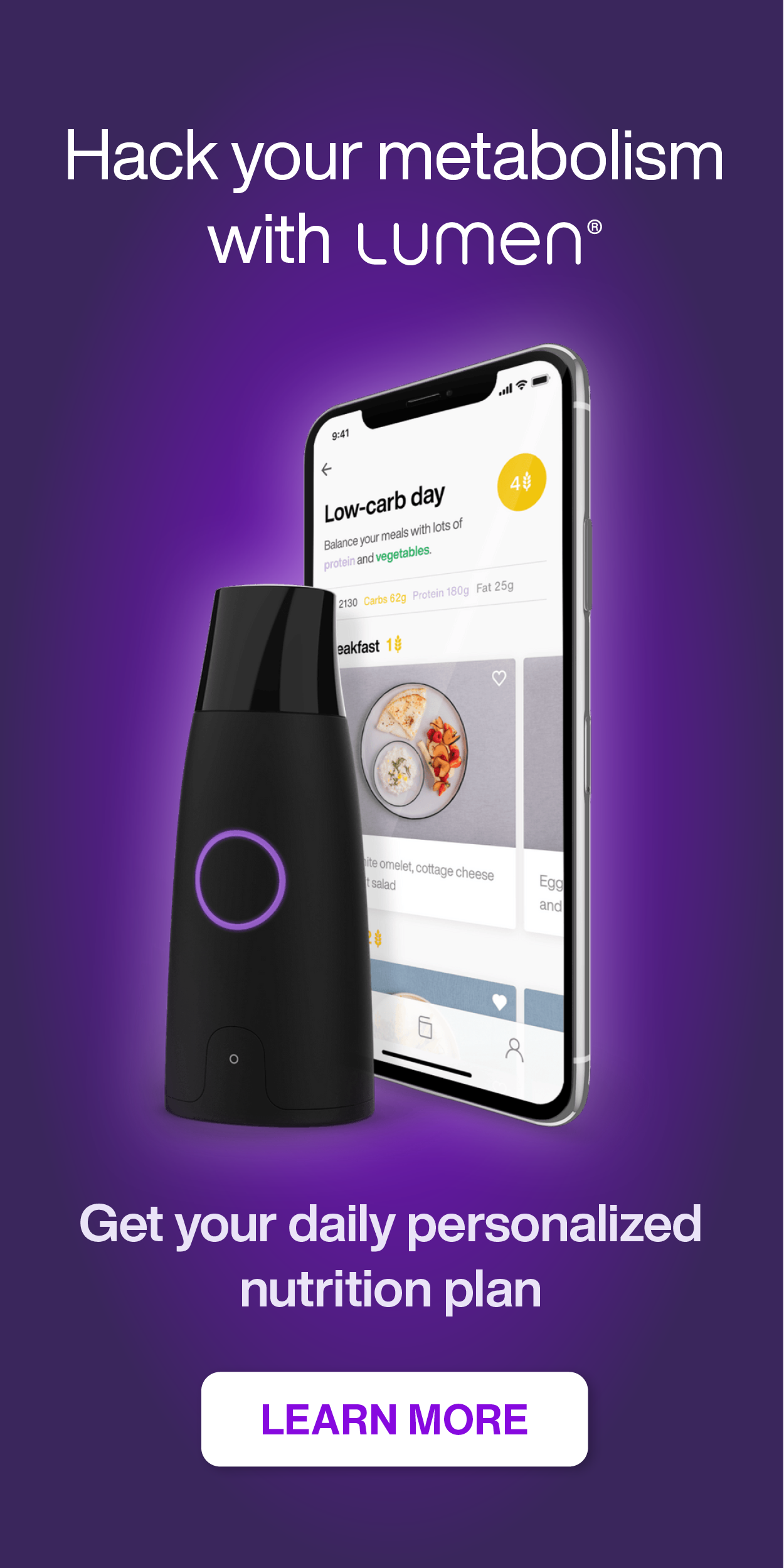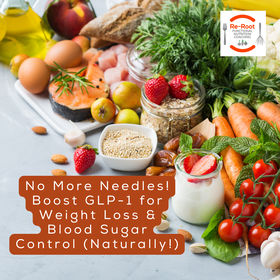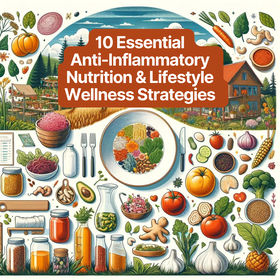
Hey there!
Remember last week’s post on The Gut Health Connection? We talked about how our gut health is linked to chronic inflammation.
Well, today, we’re diving deeper into that topic. We’ll explore more about our digestive system, highlight some common issues, give you some tips to keep it running smoothly and share a sample gut-friendly meal plan.
The gut is like our body’s control center; when it’s out of balance, it can throw many things off.
So, let’s get into it and see how we can keep it in tip-top shape.
1. The Grand Tour of Digestion
Our digestive tract is a winding path, stretching an impressive 30 feet (9 meters) in length. To put that into perspective, if you were to unravel it, it would span the distance from a basketball hoop to the free-throw line and then some! Each section of this tract, from the mouth to the colon, uniquely breaks down and absorbs the nutrients we need.
When things take a wrong turn:
An unhealthy diet, lack of physical activity, or prolonged stress can disrupt the natural movement of the digestive tract, leading to conditions like constipation or diarrhea.
Ways to Optimize:
a). Stay Hydrated: Drinking water not only quenches your thirst but also aids in digestion by softening stool and facilitating the movement of food through the intestines.
b). Increase Fiber Intake: Incorporate whole grains, legumes, fruits, and leafy greens into your diet. Fiber adds bulk to your stool, preventing constipation and promoting regular bowel movements.
c). Regular Physical Activity: Engaging in activities like walking, jogging, or yoga can stimulate the natural contractions of the intestines, aiding in digestion and preventing bloating.
2. Chewing: Not Just for Food Breakdown
While the primary role of chewing is to break down food, its significance goes beyond the mouth. Chewing stimulates blood flow, enhancing overall systemic health. Moreover, it has a profound impact on our brain’s health, particularly the hippocampus, which plays a role in memory and learning. So, the next time you’re tempted to gulp down your food, remember: good health starts with good chewing.
When things take a wrong turn:
Rushed or inadequate chewing can lead to indigestion and bloating.
Ways to Optimize:
a). Mindful Eating: Take a moment to appreciate the flavors, textures, and aromas of your food. This not only enhances your dining experience but also ensures that food is broken down properly for digestion.
b). Maintain Oral Health: Healthy teeth and gums are essential for effective chewing. Regular dental check-ups, brushing, and flossing are crucial.
c). Avoid Distractions: Eating in a calm environment without the distractions of TV or smartphones can help you focus on your meal and chew more effectively.
3. The Microbial Universe Within
Our gut is akin to a vast, bustling city, teeming with trillions of microbes. This community, the gut microbiome, has a collective weight comparable to a brick! These microbes influence everything from digestion and immunity to mood and mental health. Nurturing a healthy microbiome through a balanced diet and probiotics can have profound effects on our overall well-being.
When things take a wrong turn:
An imbalance in gut flora, often from antibiotics or eating a standard American diet, can lead to digestive and immune issues.
Ways to Optimize:
a). Probiotic Foods: Incorporate foods like yogurt, kefir, and sauerkraut into your diet. These foods are rich in live beneficial bacteria that can help replenish and balance your gut flora.
b). Limit Antibiotics: While sometimes necessary, frequent use of antibiotics can disrupt the natural balance of gut bacteria. Always consult with a healthcare professional before starting or stopping any medication.
c). Diverse Diet: Consuming a variety of foods, especially plant-based ones, can foster a diverse and robust gut microbiome, which is linked to better health outcomes.
4. The First Step: Salivary Amylase
Digestion commences the moment food graces our palate. Salivary amylase, an enzyme in our saliva, starts the process by breaking down carbohydrates. Its efficiency is so remarkable that it can convert a cracker into sugar almost instantly. This initial breakdown is crucial for the subsequent stages of digestion.
When things take a wrong turn:
Conditions like dry mouth can hinder this initial digestive step.
Ways to Optimize:
a). Stay Hydrated: Drinking filtered water throughout the day can help maintain optimal saliva production, which is crucial for the initial stages of digestion.
b). Limit Acidic Foods: Consuming too many acidic foods and beverages, like citrus fruits and sodas, can erode tooth enamel, affecting the quality of your saliva.
c). Chew Sugar Free Xylitol Gum: Chewing gum can stimulate saliva production, aiding in the digestion of food.
5. The Esophagus: Nature’s Anti-Reflux Mechanism
Connecting our mouth to our stomach is the esophagus, equipped with the lower esophageal sphincter (LES). This muscular ring acts as a one-way valve, allowing food to enter the stomach while preventing acidic contents from refluxing back. It’s nature’s ingenious solution to keep heartburn at bay.
When things take a wrong turn:
Frequent heartburn or GERD indicates LES dysfunction.
Ways to Optimize:
a). Elevate Head While Sleeping: Using a wedge pillow or elevating the head of your bed can prevent acid reflux, especially during the night.
b). Smaller, Frequent Meals: Consuming smaller meals more frequently can reduce the volume of food in the stomach at any given time, reducing the risk of reflux.
c). Avoid Trigger Foods: Identify and avoid foods that trigger your heartburn. Common culprits include spicy dishes, caffeine, and citrus.
6. The Stomach: Nature’s Cauldron
The stomach is where the magic happens. Bathed in hydrochloric acid, it churns and breaks down food into a semi-liquid state. This acid is so potent that it can dissolve metals, emphasizing the importance of the stomach’s protective lining.
When things take a wrong turn:
Overproduction of acid can lead to ulcers and gastritis.
Ways to Optimize:
a). Balanced Diet: Consuming a balanced diet with adequate protein, healthy fats, fiber and complex carbohydrates ensures the stomach produces acid in the right amounts for digestion.
b). Limit NSAIDs: Non-steroidal anti-inflammatory drugs can weaken the stomach lining, increasing the risk of ulcers. Always consult with a healthcare professional before starting or stopping any medication.
c). Manage Stress: Chronic stress can increase stomach acid production. Engage in relaxation techniques like deep breathing, meditation, or yoga to manage stress.
7. The Deliberate Journey Through the Intestines
Digestion is not a race; it’s a marathon. As food meanders through the small intestine, it moves at a pace of about 1 inch (2.5 centimeters) per hour. This deliberate speed ensures maximum nutrient absorption, providing our bodies with the essential fuel for our daily activities.
When things take a wrong turn:
Rapid transit or malabsorption can lead to nutrient deficiencies.
Ways to Optimize:
a). Avoid Irritants: Limiting the consumption of irritants like excessive caffeine, spicy foods, or alcohol can ensure smoother transit of food through the intestines.
b). Digestive Enzymes: If you experience bloating or indigestion, consider taking a digestive enzyme supplement to aid in the breakdown of food.
c). Remove Artificial Sweeteners: Most artificial sweeteners can cause digestive upset in sensitive individuals. Opt for natural sweeteners like stevia or monk fruit.
8. The Liver: Our Body’s Chemical Processing Plant
Our liver is nothing short of a marvel. It detoxifies, synthesizes proteins, produces bile, and stores essential vitamins and minerals. Acting as a vigilant guard, it ensures that harmful substances are neutralized, allowing only beneficial nutrients to nourish our bodies.
When things take a wrong turn:
A compromised liver affects digestion and overall health.
Ways to Optimize:
a). Limit Alcohol: Excessive alcohol consumption can damage liver cells. Moderation is key.
b). Antioxidant-rich Foods: Incorporate foods like berries, nuts, and green tea into your diet. These foods are rich in antioxidants that can support liver health.
c). Regular Check-ups: Regular medical check-ups can catch liver issues early, ensuring timely intervention.
9. The Pancreas: The Unsung Hero
While the liver gets much of the limelight, the pancreas plays an equally vital role. It releases enzymes that further break down fats, proteins, and carbohydrates. Additionally, it regulates blood sugar levels by producing insulin, ensuring our body’s energy remains stable throughout the day.
When things take a wrong turn:
Pancreatic issues can disrupt digestion, blood sugar and energy levels.
Ways to Optimize:
a). Limit Sugary Foods: Excessive sugar intake can strain the pancreas. Opt for complex carbohydrates and natural sweeteners.
b). Healthy Fats: Consuming healthy fats like avocados, nuts, and olive oil can support pancreatic function.
c). Stay Active: Regular physical activity promotes overall digestive health and helps regulate blood sugar levels.
10. The Gallbladder: Bile’s Storage Unit
Tucked beneath the liver is the gallbladder, a small organ responsible for storing bile. Bile, produced by the liver, aids in the digestion and absorption of fats. When fatty foods enter the small intestine, the gallbladder releases the stored bile to assist in their breakdown.
When things take a wrong turn:
Gallstones or inflammation can hinder bile flow.
Ways to Optimize:
a). Healthy Diet: A diet low in refined sugars and high in healthy fats can support gallbladder health.
b). Regular Check-ups: Early detection of gallbladder issues is crucial for timely intervention.
c). Limit Fatty Foods: While healthy fats are essential, excessive consumption of unhealthy fats can strain the gallbladder.
11. The Large Intestine: Water Recycling and More
The large intestine, or colon, has the vital task of absorbing water and electrolytes from the remaining indigestible food matter. It also houses a significant portion of our gut microbiome, which aids in fermenting undigested carbohydrates, producing beneficial short-chain fatty acids in the process.
When things take a wrong turn:
Disruptions can lead to dehydration or IBS symptoms.
Ways to Optimize:
a). Stay Hydrated: Drinking adequate water ensures smooth bowel movements and prevents dehydration.
b). Prebiotic Foods: Incorporate foods like asparagus, garlic, and onions into your diet. These foods feed the beneficial bacteria in the colon, promoting gut health.
c). Regular Physical Activity: Movement stimulates bowel movements, preventing constipation.
12. Digestive Rhythms: The Body’s Internal Clock
Our digestive system operates on a rhythm, influenced by our circadian clock. This rhythm affects everything from bowel movements to the release of digestive enzymes. Aligning our eating patterns with our body’s internal clock can optimize digestion and overall health.
When things take a wrong turn:
Disrupted rhythms can affect digestion and energy.
Ways to Optimize:
a). Regular Meal Timings: Eating at consistent times each day can align with your body’s natural rhythms, promoting better digestion.
b). Avoid Late-night Snacking: Eating late at night can disrupt your body’s internal clock, affecting digestion.
c). Get Adequate Sleep: A regular sleep schedule supports your body’s circadian rhythms, which in turn supports digestion.
Now that we’ve talked about our digestive system, let’s get practical. Knowing is one thing, but doing something about it is another. So, I’ve put together a simple meal plan for a day. It’s all about eating foods that are good for your gut and make you feel great. Let’s see what a day of eating right can be like!
Gut-Friendly Meal Plan for a Day
Breakfast: Avocado and Spinach Smoothie
Ingredients:
- 1 ripe avocado
- A handful of fresh spinach
- 1 cup of almond milk
- 1 tablespoon of chia seeds
- A drizzle of honey or maple syrup
Blend all ingredients until smooth and enjoy!
Lunch: Quinoa and Roasted Veggie Bowl
Ingredients:
- 1 cup of cooked quinoa
- Assorted roasted veggies (bell peppers, zucchini, carrots)
- A handful of cherry tomatoes
- Olive oil, lemon juice, and herbs for dressing
Toss everything together and savor the flavors!
Snack: Yogurt with Mixed Berries and Nuts
Ingredients:
- 1 cup of probiotic-rich yogurt (goat or sheep preferred to get easy to digest A2 proteins)
- A mix of blueberries, raspberries, and strawberries
- A sprinkle of walnuts or almonds
Combine and relish this gut-friendly snack!
Dinner: Grilled Salmon with Steamed Asparagus and Garlic
Ingredients:
- 1 wild caught salmon fillet
- A bunch of fresh asparagus
- 2-3 garlic cloves, minced
- Olive oil, salt, and pepper for seasoning
Grill the salmon to perfection, steam the asparagus, and sauté with garlic. Serve together for a delightful meal!
Dessert: Chia Seed Pudding with Mango and Coconut
Ingredients:
- 3 tablespoons of organic chia seeds
- 1 cup of guar gum free coconut milk
- 1 ripe mango, diced
- A drizzle of honey
Mix chia seeds with coconut milk and let it sit for a few hours. Top with mango and honey before indulging!
Our digestive system is like the engine of our body. When it’s working well, we feel great, but when there’s a problem, it can affect our whole day. By taking the time to understand how it works and what can go wrong, we can make better choices to keep it healthy. Every meal is a chance to fuel this engine right. So, here’s to eating well, feeling good, and keeping our gut happy!
Are you suffering from symptoms of poor gut health?
You have three options…
Option One: Do nothing.
It’s tempting to ignore the signs and hope they’ll disappear alone. But here’s the truth: untreated gut issues can impact your overall well-being and quality of life. If you continue going about your days with unaddressed gut issues, you can only expect it to get worse.
Option Two: Treat yourself.
Taking matters into your own hands is a brave and empowering step. You always have the option to educate yourself about gut health and make positive lifestyle changes. The issue with a DIY approach is that often, the symptoms get addressed but NOT the root cause, meaning the underlying problem is still there.
Option Three: Get a professional to help.
Sometimes, seeking professional guidance is the most effective and efficient way to tackle gut health head-on. Consulting with Joseph Bershad a functional nutrition coach who can provide expert advice, accurate diagnosis of the root cause, and personalized treatment options. We can help you navigate through the complexities of your condition and develop a targeted plan for your well-being.

Please check out my website at www.rerootnutritioncoach.com to learn more about my practice and the services noted above.
Note: The information provided in this blog is for educational purposes only and should not replace personalized medical advice. Please consult a healthcare professional or functional nutrition coach for individualized guidance and treatment.







